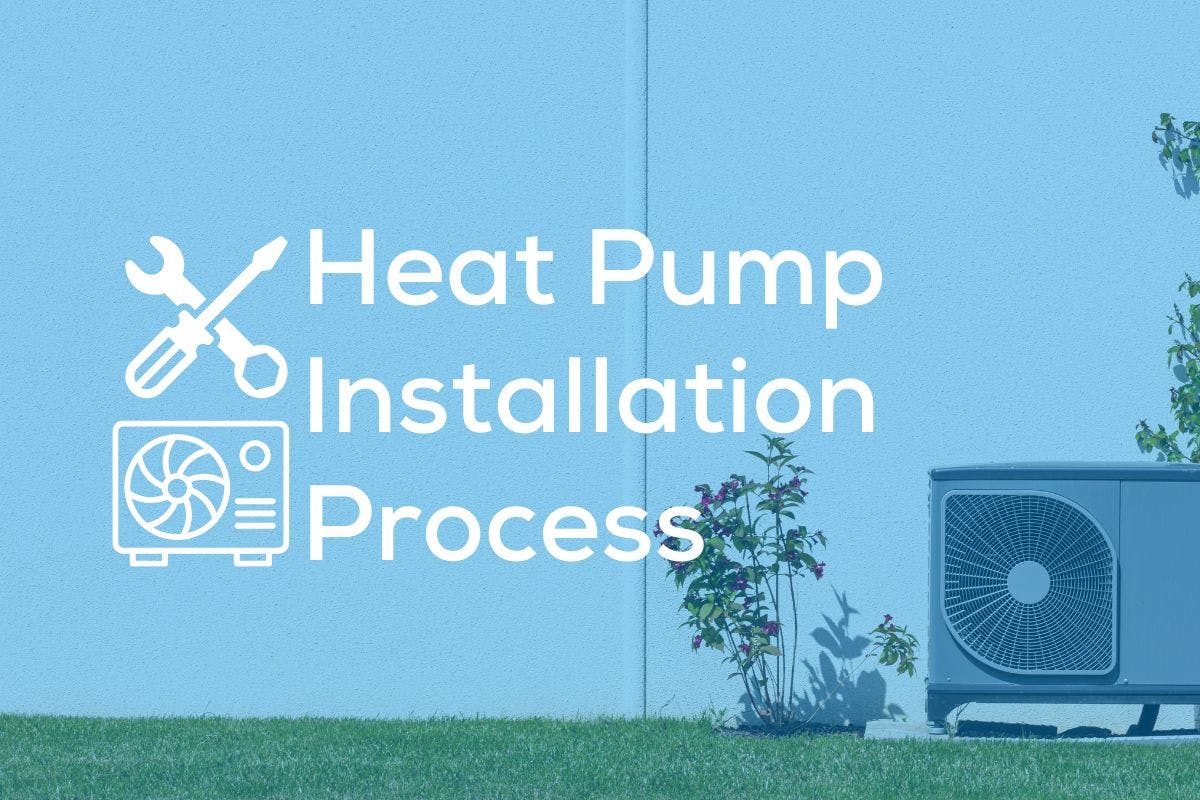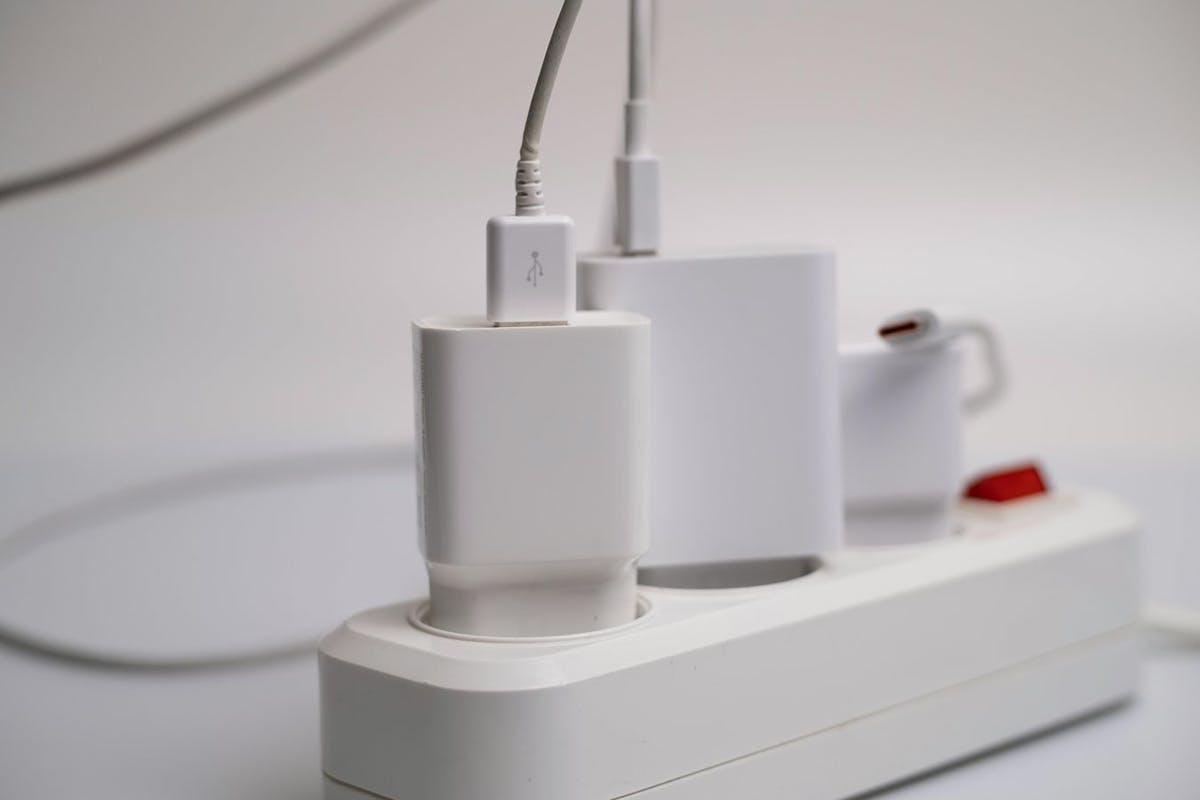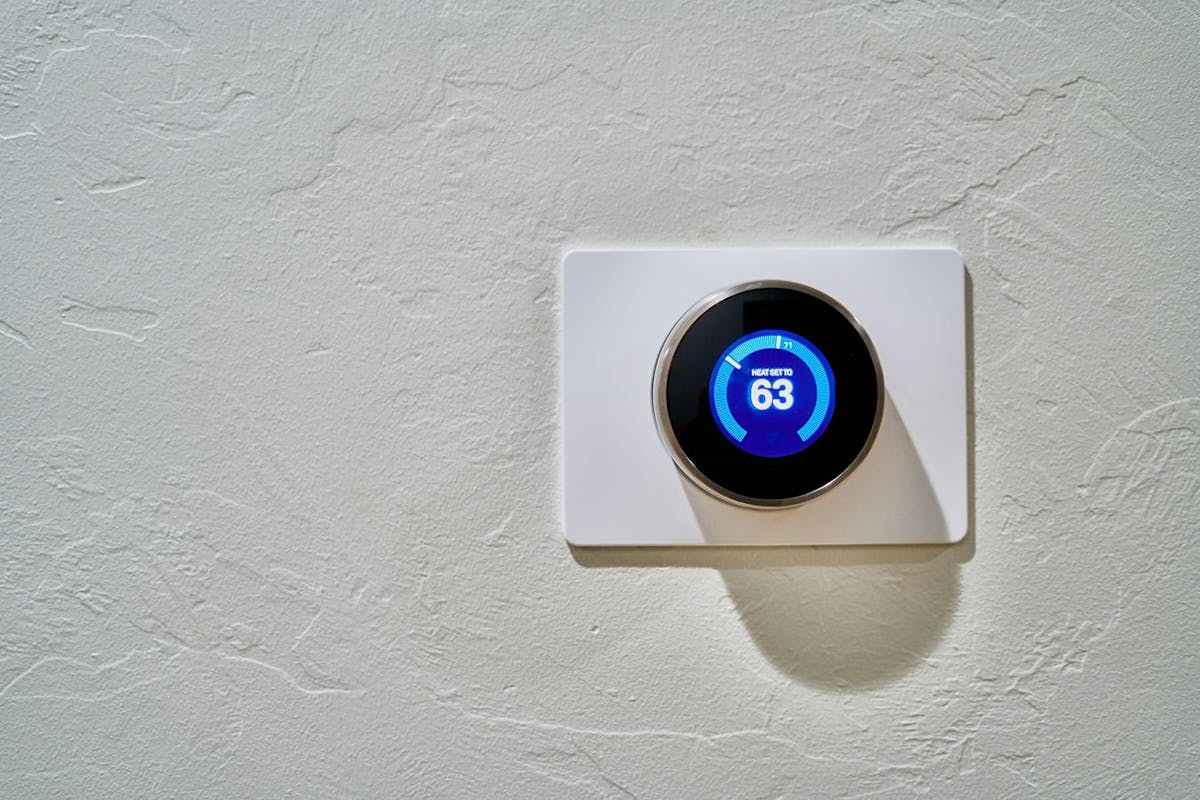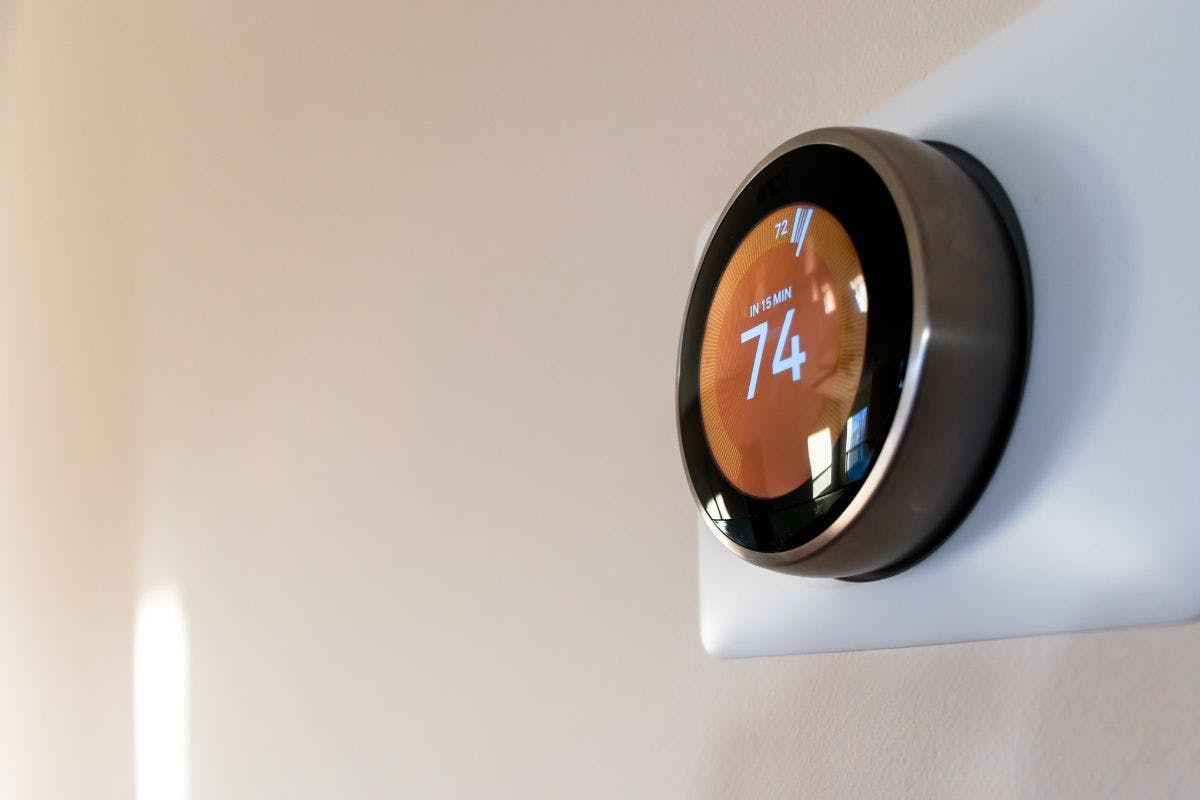Step-by-Step Guide to the Heat Pump Installation Process
Last edited

Author
Andrew Giermak
Solar and Electrification Writer and Editor

Editor
Andrew Blok
Electrification and Solar Writer and Editor

A heat pump can be the right choice for heating and cooling your home. A modern heat pump is the most energy-efficient and cost-efficient system for many homeowners.
To maximize those benefits though, a new heat pump must be installed professionally and properly. Here’s how a typical heat pump installation might run.
See how much you can save with a new HVAC system from Palmetto
What Is a Heat Pump?
Heat pumps are energy-efficient heating and cooling systems. These systems, including cold climate heat pumps, can serve almost all areas of the US.
While a heat pump is mainly known for use in HVAC, the same technology is used in heat pump dryers and water heaters, too.
Heat pumps work by transferring heat from one place to another via refrigerant gas, compressors, and condensation coils. Since heat pumps transfer heat rather than generate it, they use far less energy. They can reduce your electricity usage for heating by about 75% compared to furnace or baseboard heating.
Central Heat Pump Installation
Installing a new central heat pump and removing an old one is a complicated process. There are performance, safety, and environmental reasons it needs to be done right. It’s almost always best, and can even be required, to hire a professional.
Removing the old heat pump properly
Before removing the old heat pump, a professional must safely dispose of the old refrigerant. Venting refrigerant gas, like Puron or Freon, into the atmosphere or disposing of it in an unapproved way is illegal. A pro has the proper recovery machine and storage tank. After dealing with the refrigerant, the installer will disconnect and remove the heat pump.
Prep the site for the condenser unit
The condenser unit is the big metal box with a big fan that sits outside. It needs a level, stable, elevated place to go. The ground must be cleared and leveled, with a cement pad in place so the unit is away from dirt, vegetation, standing water, and snow. In areas with more winter weather, the unit may be elevated 6-12 inches to keep it clear of snow.
Replace the coils and lines
Your HVAC installer will replace the lines that carry the refrigerant between the indoor and outdoor units.
More wiring, valves, and sensors
There may be electrical wiring to be replaced or installed, like wiring from your thermostat to your heat pump or wiring to power the emergency heat strip. The installer will check the system’s sensors and reversing valve are working to switch between heating and cooling.
Wiring will go from an electrical panel to the disconnect box to power the heat pump. The disconnect box lets you turn off power to the HVAC system, keeping people safe during maintenance or repair. Installing a new disconnect box is usually recommended and may be required by local codes.
See how much you can save with a new HVAC system from Palmetto
New thermostat
If you’re getting a new thermostat with the new system, it must be properly installed. This new system could be the ideal time to switch to a smart thermostat, which can help you save energy, save money, be more comfortable, and have a healthier home environment. Not all heat pumps are compatible with smart thermostats.
Testing
Testing a new heating and cooling system ensures everything works correctly. It takes at least 15-20 minutes for the system, specifically the refrigerant, to run through a cycle. It takes up to two hours to properly test all the settings (including emergency heat) and the new thermostat’s functioning.
Mini-Split Heat Pump Installation
Mini-split heat pumps, or ductless heat pumps, include a condensing unit outside, one or more air handlers inside, refrigerant lines, and electrical wiring.
Decide where the indoor unit (and outdoor unit) will go
Start with where you want an air handler placed and choose an exterior wall. Inside, it’s best to place an air handler high on a wall, about six feet or higher, and not in direct sunlight, as it will throw the unit's temperature sensing off. The air handler needs enough space around it for airflow and to open panels on the top, bottom, or sides.
Prepare to put the air handler up
The installer should locate studs in the wall to install the air handler’s mounting bracket, avoiding pipes, wires, or ducts. They will also drill a 3-inch hole through the wall to the outside for the refrigerant, drainage, and control lines.
The bracket should be level for proper drainage.
Put the air handler on the wall
The installer will attach the control wire to the air handler. Then, the refrigerant, drainage and control lines are sent through the hole to the exterior as the air handler is placed on the bracket and secured.
Installing the condenser unit
A mini-split heat pump’s condenser unit can go on the ground, on a pad the same as a larger condenser unit, mounted on a wall, or on a rooftop. Once it's safely mounted, the installer will connect the lines from the interior to the exterior condenser unit and secure them to the exterior wall if necessary.
Improperly handling refrigerant is very dangerous and can cause severe burns. Hire a professional to attach pre-charged or charged refrigerant lines correctly.
How Long Does a Heat Pump Installation Take?
Most heat pump installation jobs take from a few hours to a full day. However, some factors can make the job more complex and longer.
If your system needs new ductwork, this will make the project longer and probably more expensive. An installation will take longer if your home needs more than one heat pump because of its layout or size.
Other factors include the weather at the time of installation and whether the site for the condenser unit needs additional work. If more work is needed after testing, a job may take longer than planned.
Can I Install a Heat Pump Myself?
The answer in almost all circumstances is no. Most states require a licensed HVAC professional to install ducted heat pumps. You should hire a pro when working with electricity, dangerous gas, components meant to pressurize gas, and heavy equipment.
Even if you have confidence in your DIY skills, an improperly installed HVAC system can run inefficiently, which will be more expensive over time. It can also result in future repairs and a shorter lifespan for the heat pump. This could prove more expensive than a professional installation. A DIY or unlicensed installation job may void a warranty or future warrantied maintenance work.
Some mini-split heat pumps are marketed as DIY kits. Even here you will very likely need a pro for the gas connection and electrical work anyway.
Heat Pump Rebates and Tax Credits
New energy-efficient heat pumps and heat pump water heaters may qualify for tax credits, rebates, and incentives. The federal Energy Efficient Home Improvement Credit is a tax credit of up to $2,000 for a heat pump purchase and up to $3,200 total for energy-efficient improvements in a tax year.
The Energy Efficient Home Improvement Credit will now expire on December 31, 2025.
The Inflation Reduction Act also authorized and funded programs for states to give rebates for energy-efficient upgrades, up to $8,000 per home. Eligibility and actual value may depend on your state’s program and specifics such as income.
Palmetto can help you understand how home electrification and home solar power could help you save. Estimate your solar savings or explore other potential energy saving upgrades by exploring Palmetto’s Savings Maximizer.
See how much you can save with a new HVAC system from Palmetto
Frequently Asked Questions
How long does it take to install a heat pump?
Most heat pump installations take one day. Some factors can extend that timeline.
What is the average cost of a heat pump?
The purchase and installation cost of a standard, ducted heat pump system or a ductless mini-split heat pump system varies a lot. The average cost of buying and installing a standard heat pump is about $6,000, with the range going from $3,200-$36,000, according to retail and consumer sources. For mini-split heat pump systems, the average is about $3,000, and the range for purchase and installation is from $600-$14,500.
What are the benefits of a heat pump?
Heat pumps can provide an energy-efficient, all-in-one system for home heating and cooling. Combining a heat pump system with home solar power can lower your energy costs and reduce your carbon footprint.
Disclaimer: This content is for educational purposes only. Palmetto does not provide tax, legal, or accounting advice. Please consult your own tax, legal, and accounting advisors.


